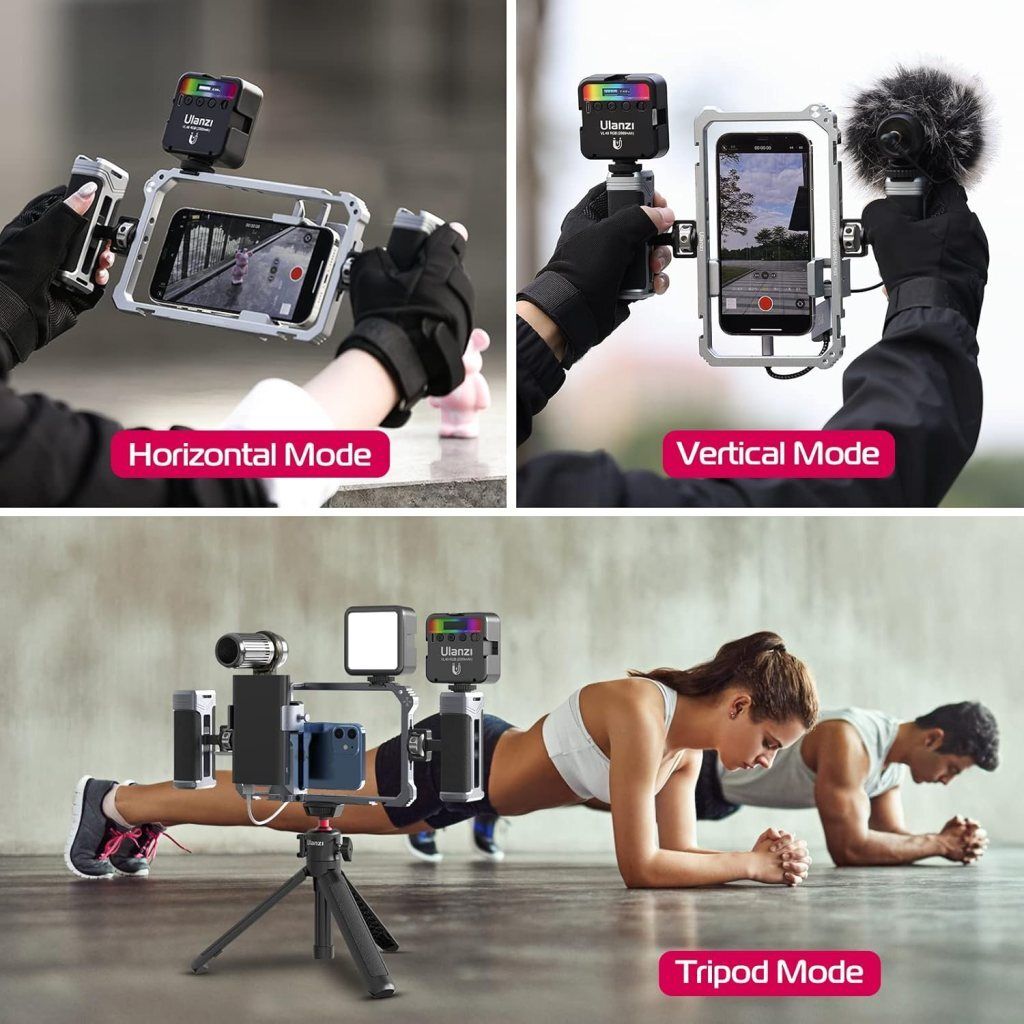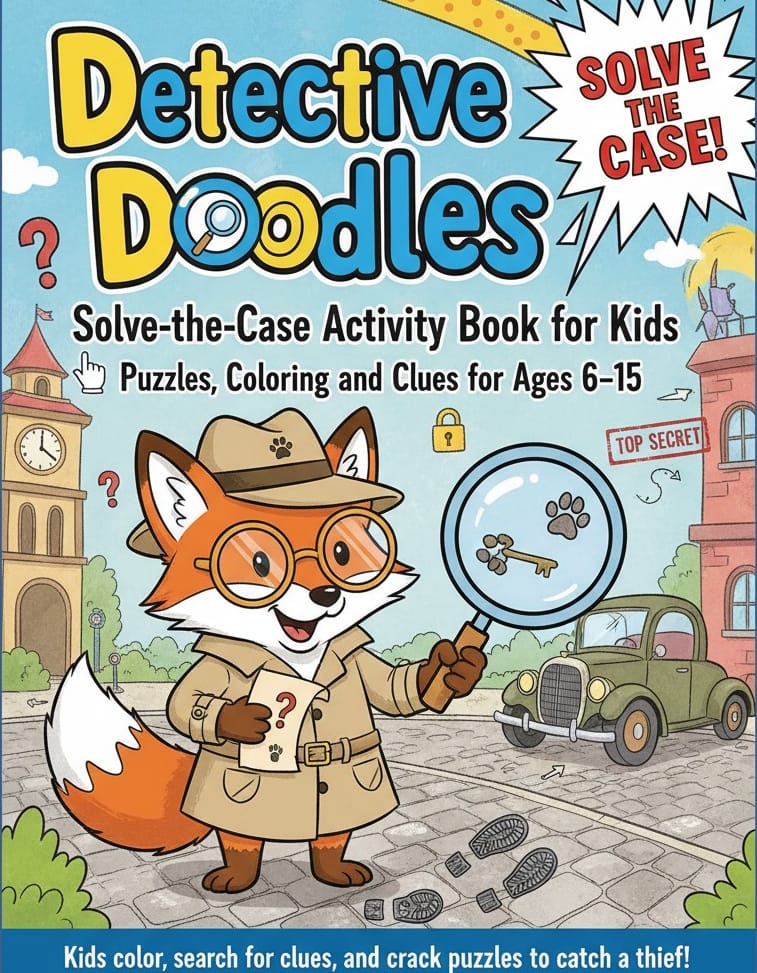- Ark's Newsletter
- Posts
- From Rookie to Creator: 3 Powerful Steps to Making Your First Travel Video
From Rookie to Creator: 3 Powerful Steps to Making Your First Travel Video
Simple steps, powerful results: make your first travel video unforgettable.

Creating Your First Travel Video: A Beginner’s Guide in Three Steps
Travel videos capture the essence of adventure, allowing viewers to experience distant places through dynamic visuals and storytelling. For beginners, the process can seem overwhelming, but breaking it down into structured steps makes it accessible. This guide outlines three key steps to craft an engaging short travel video, typically 3-4 minutes long, focusing on narrative, smooth progression, and musical alignment. Whether you’re documenting a beach getaway or an urban exploration, these steps will help you avoid common pitfalls like aimless footage and disjointed edits.

Step 1: Build Your Shots Around a Clear Story
The foundation of any compelling travel video is a strong story. Beginners often make the mistake of shooting randomly—capturing every interesting sight without purpose—which leads to overwhelming amounts of unusable footage. Instead, start by defining a simple narrative arc: a beginning, middle, and end. This approach ensures your video has direction and emotional pull.
Consider a trip to a destination like Bali. Rather than filming scattered clips, outline your story: the beginning could show you starting from a hostel, the middle might involve the journey to an epic beach, building to a climactic arrival, and the end could feature a serene sunset, signifying mission accomplished. Focus your shots on elements that advance this plot, such as establishing scenes, key actions, and resolutions. This mirrors professional filmmaking, where every clip serves the narrative, preventing the video from feeling like a random montage.
To implement this, brainstorm your story before shooting. Ask: What’s the journey? What challenges or highlights will create engagement? Shoot intentionally—aim for variety in angles, like wide establishing shots to set the scene, close-ups for details, and dynamic movements to convey progress. Avoid over-filming; quality trumps quantity. This storytelling focus not only streamlines editing but also keeps viewers hooked by providing a relatable adventure arc.

Step 2: Shoot for Seamless Flow and Transitions
Once your story is outlined, emphasize flow to guide viewers smoothly through the experience. Flow refers to how scenes connect, creating suspense and immersion. Without it, videos can feel choppy, jumping from one location to another without context, which disengages audiences.
Think about the physical and visual journey: How do you move from point A to B? Capture transition shots, such as walking paths, vehicle rides, or environmental changes, to bridge segments. For instance, if transitioning from a hostel to a beach, film the chaotic early-morning ride—navigating dark roads, interacting with locals, or overcoming obstacles. These elements build excitement and make the arrival feel earned, turning a simple trip into an epic tale.
For non-vlog styles (without on-camera narration), use creative techniques like whip pans—quick camera movements that blur between scenes—or simple covers and reveals to maintain visual continuity. If incorporating vlogging, narrate the progression to heighten anticipation. The goal is to take viewers along emotionally, making them feel the adventure’s rhythm. Varying shot lengths: short, quick cuts for energy during journeys and longer holds for reflective moments. This ensures the video feels cohesive and professional, even on a beginner’s budget.

Step 3: Let the Music Shape Your Video’s Structure
Music isn’t just background—it’s the heartbeat of your travel video. A common error is adding a track haphazardly after editing, but pros let the song’s structure dictate the video’s pacing. Select music that mirrors your story’s emotional flow, then edit ruthlessly to fit.
For a short video, choose a track with distinct sections: a calm intro, a building climax, and a relaxed outro. If your story starts chill (e.g., morning coffee), peaks with adventure (e.g., exploring), and ends reflectively (e.g., sunset), find a song that follows suit—perhaps starting soft, ramping up with beats, and fading gently. Cut footage to the beat for polish, but go further by aligning sections: cram the best morning clips into the track’s 45-second intro, use transitions during musical builds, and end with emotive visuals syncing to the fade-out.
Be selective: From 20 minutes of raw footage, you might use only 30-60 seconds per section, focusing on the most impactful shots. This creates a tight, emotive piece where visuals and audio harmonize. Prioritize tracks that evoke the destination’s vibe—upbeat for lively spots, ambient for serene ones—to enhance immersion without overpowering the content.
Final Thoughts
By following these three steps—story-driven shooting, fluid transitions, and music-guided editing—you’ll produce a travel video that’s engaging and polished. Practice on short trips to refine your skills, and remember: the key is intentionality over perfection. With time, you’ll capture not just places, but the thrill of discovery. Start simple, iterate, and soon your videos will transport viewers to unforgettable adventures.
